![]()
Midnight Flight, the online book on race in Chicago
An online book that explores the memories of a challenging time in Chicago when race was the dominating factor driving and influencing people’s lives. 1968 and 1969 were difficult times in Chicago and my book “Midnight Flight” offers one perspective on what that experience was like, for families to move out of their homes in the middle of the night because a family of a darker skin color moved into the neighborhood. This is what happened in Chicago in 1969 when an entire neighborhood went from 100 percent White to 99 percent Black in a matter of months
By Ray Hanania
I wrote the eBook Midnight Flight: One family’s experience of White Flight and the racial transformation of Chicago’s South Side (an online book) in 1990 because I wanted to share the experience and understanding of how race and racism changed the City of Chicago in the 1960s.
I wanted the book to be free to readers, so I posted it online. It has moved to several “home” locations on the web, but I feel this website, www.SuburbanChicagoland.com, is most appropriate.
This story is based on my experiences as I saw events, and my memory may be inaccurate. It’s not easy going back in history 30, 40 or 50 years and being precise. I’ve reached out to many of my friends in school who experienced the same thing and even connected with some of the African American families that moved into the homes that once belonged to White families.
Some language and words are harsh, like the use of the word “nigger.” I debated using it or just using the phrase “n-word,” but I felt that you couldn’t experience the true impact of racism without using it, saying it or reading it. The word was an everyday part of life in Chicago in the 1960s and may still be today, sadly.
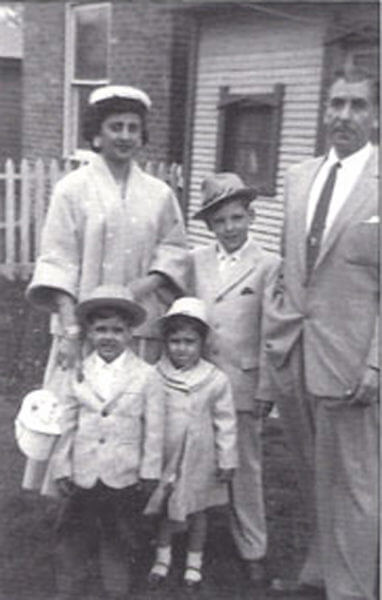
Much has changed and I am sorry if my memory is not 100 percent accurate. I’m a writer today, although I never planned to be a writer when I was a child. I wish I had kept a journal of the experience, and also just about growing up as a child in Chicago. So many great memories have vanished or are a blur.
You don’t know how many times I had to stop writing and research whether the spelling of Jeffery Blvd (Avenue) was “Jeffery,” which looked strange to “Jeffrey” which seemed accurate. It’s the “strange” version, Jeffery, that is accurate of course in identifying a Chicago Street.
Or, the anguish I would go through in trying to remember the name of the Jewish Community Center where my friends and I would often go every Thursday for the Sock Hop. Was it the “Henry Horner” JCC or the “Henry Hart” JCC? I always just called it the JCC. But, it is the Henry Hart, though Henry Horner would have made sense, too. Henry Horner was the first Jewish governor of the State of Illinois, the 28th Governor, who served from 1933 until 1940. Henry Hart was a legal scholar and aid to one of Illinois Supreme Court Justices. There were historical facts I had to learn years later that were not taught in our schools back then, but were just taken for granted.
I mixed up the names of kids that did things with me and to me. And writing about others is a difficult thing, too. Maybe they don’t want to be remembered as being a part of this story. I tried to reach out to everyone to get their thoughts and memories, too.
Imagine. We never really “knew” any Black people, except for a few and only as acquaintances. The man who worked as a janitor at the local synagogue. Or the man who made deliveries for a major retail establishment who entered the neighborhood at great personal risk for his safety. The murder of the Rev. Dr. Martin Luther King, Jr., also enflamed tensions. You could be beaten up easily and for no reason other than for the color of your skin. Black and White. You certainly would be called names because of your skin color. Not just by White people, but by Black People, too.
Years later, an African American man reached out to me, telling me he lived in my “old neighborhood.” He invited me to return and meet the families who lived there now, which I did do. His name is Ben Handy. African American and living in what I referred to as the “Old Neighborhood” but that he proudly boasts is one of the most beautiful neighborhoods in the Midwest.
Where we lived was and is still beautiful. The homes are almost identical. It’s just that the people have changed. I owe Ben a lot for helping me, years later after writing this online eBook, to better understand the nature of human beings and to help me add more depth to the pages of this online book which I hope you will enjoy.
Michelle Obama, the first lady of America and the wife of former President Barack Obama, lived about a mile north of where we lived in South Shore. Her home was only one block away from the church where we would go as Cub Scouts. Whites could easily enter areas where Blacks lived, but it usually was not the other way around.
Cubs super star Ernie Banks was one of the only Black people who was “allowed” to live in our neighborhood. He lived in Pill Hill, where the rich people with bigger homes lived. Maybe the bigger homes made it easier to create distance and thereby not be “bothered” by a neighbor’s skin color. Although fame certainly often did trump racism in Chicago.
Muhammad Ali lived just north of us, too, off of Stony Island Avenue. I worked as a “bagger” at the Jewel food store at 87th and Stony Island when it was first built in the 1960s and the boxing champion would come by with friends and a Palestinian American bodyguard whose family was close to my own family, Salameh Hassan. Ali would see me and point to me to carry his bags to his fancy and expensive Lincoln. I was the darkest kid at the store, which did everything to prevent Black kids from becoming stock boys, which is what I eventually became.
And then we moved to the Suburbs — a word with an underlying meaning that suburbanites today don’t care to remember. Suburban. It comes from the words “sub-Urban,” or “below” City life. Garbage cans lining the street curbs? Water that tasted like rotten eggs? Local governments that could barely offer good services?
Hey, White people will put up with anything to get away from Black people, I guess.
Here are the Chapters of the book. The Chapters are listed at the bottom of each page for navigation.
And if you were a part of that experience, or have some thoughts to share, please let me know and I will post them. You can also share them on the Suburban Chicagoland Facebook Page. Or, you can just email me. I’m happy to share your views and not mention your name, if you like.
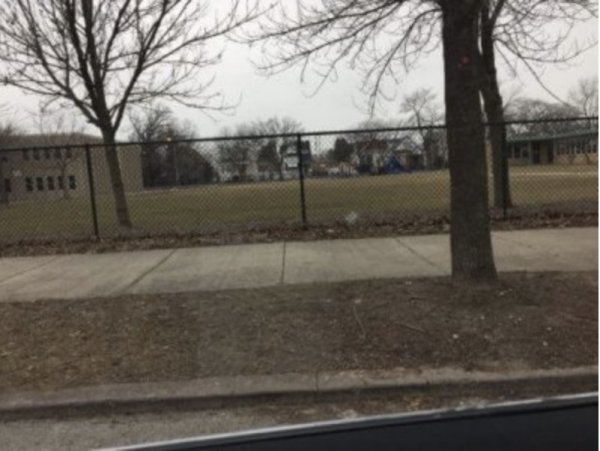
Race is both empowering and demeaning. The real tragedy is that too often race becomes the drving factor between people who don’t really know each other and who are different. Real racism is a sickness. There’s no difference between White People, Black People, Asian People, Hispanic People, Native Americans. We’re all the same. Sadly, when people who are of different color or nationality don’t get along, the tendency is to turn towards race and racism as the excuse, rather than to look at the real reasons that cause separation.
I hope this online book empowers you to understand the reality and limitations of racism. Sometimes we turn to racism rather than to deal with the real causes that keep us apart. I hope this look back on my experience during White Flght in Chicago int he late 1960s helps you understand some of the complicated issues that have fueled the ugliness of racism.
RAY HANANIA
author
Click on the chapters to read the online book below
Midnight Flight
Chapter 3: A Beautiful, Idyllic Community
Chapter 4: Written Long Before
Chapter 6: Alone in the Playground
Chapter 8: In the Eye of the Storm
Chapter 10: The Sub-Urban Life
Chapter 11: Friends Left Behind
Chapter 13: Notes from Readers
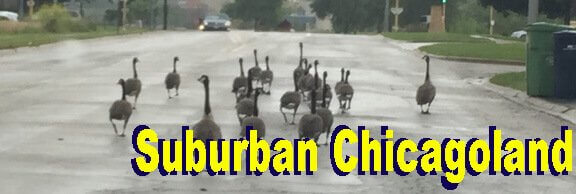

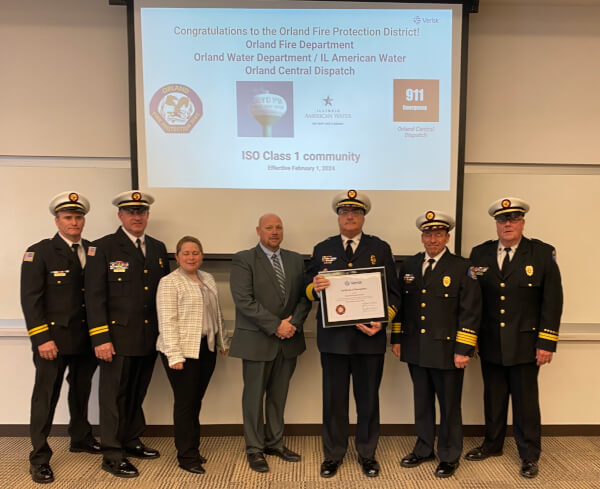
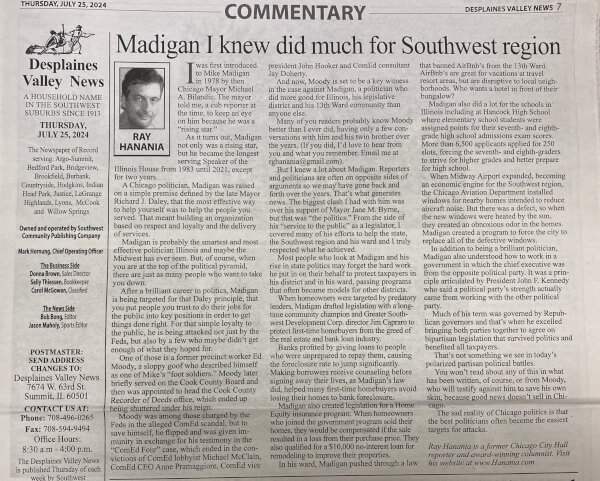
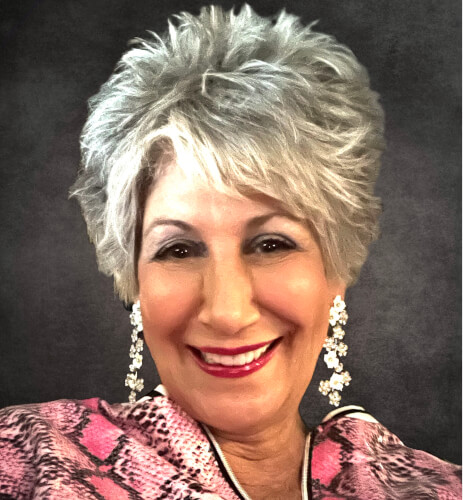
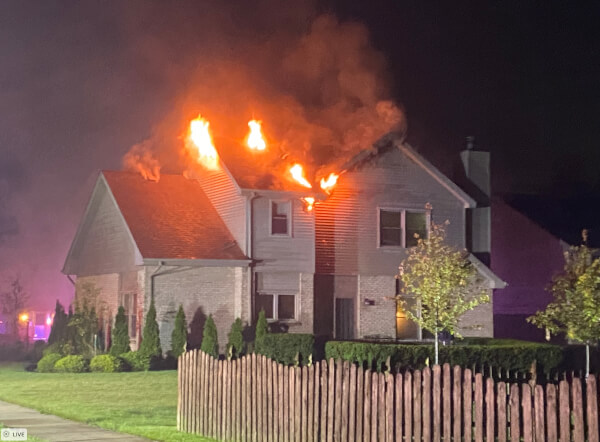

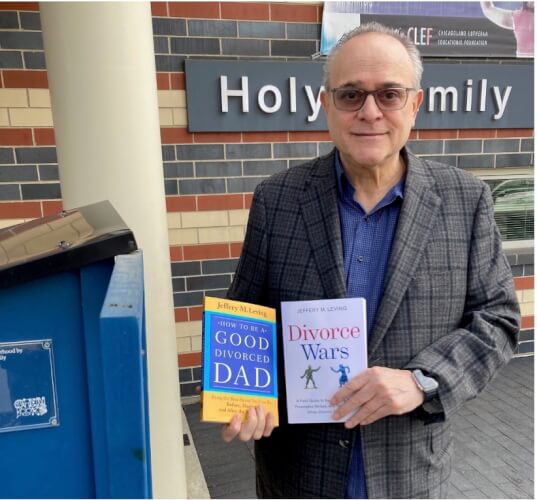
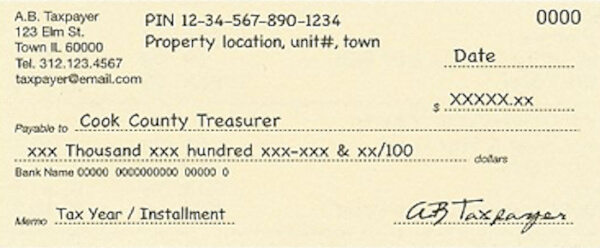


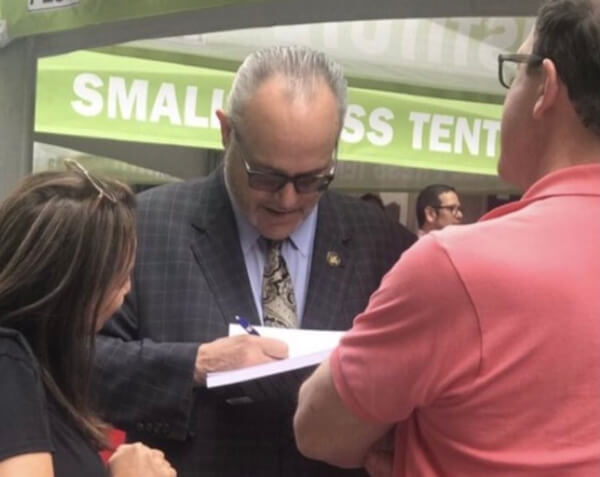
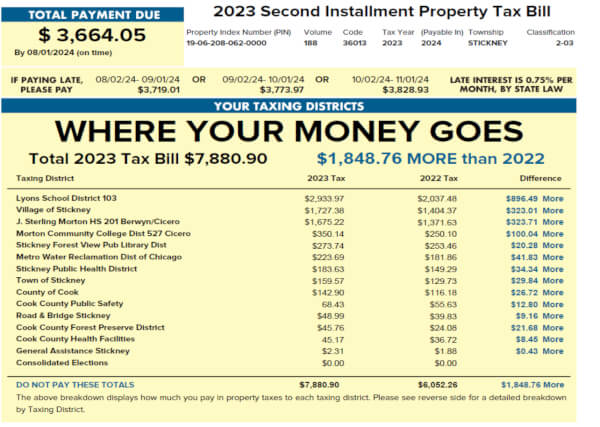




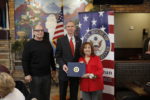
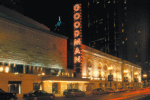
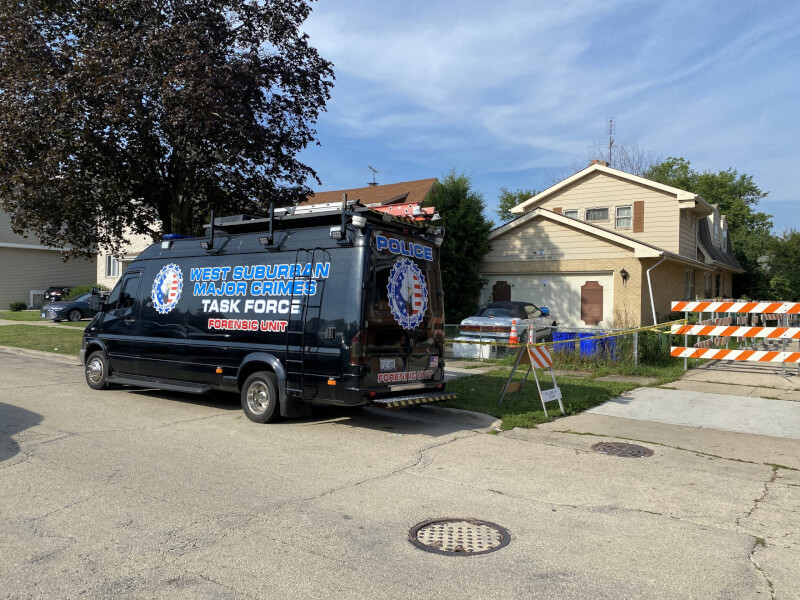




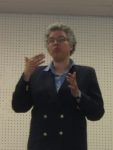
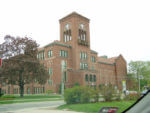
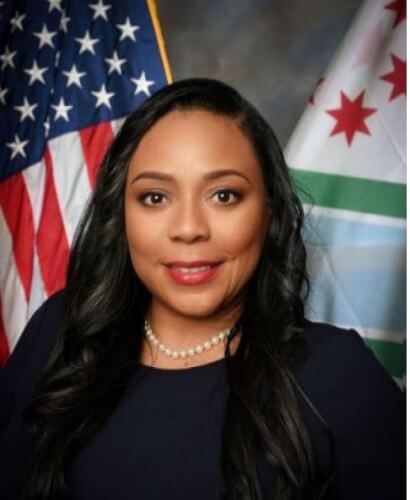
My family moved to 90th & Luella Ave in 1967. My Parents still own their home & the neighborhood is still nice, good looking, with well kept lawns and the Families are still VERY close-knit — all the children on Luella, Crandon, Oglesby, Merrill, and Paxton between 87th, or 88th Streets up to 91st or 92nd Streets Streets, all grew up together, and we are all still great friends today. We all keep in touch. The part in your book when you talk about Halloween –was exactly how I remember it too. We could go out Trick-Or-Treating after the Street lights came on…and the homes in “Pill Hill” DID hand out the BIGGEST candy bars !!! LOL Great read. I’m emailing it to my Mother, (a Nurse) who in 1967 did her “Well Baby Rotation” at The J.C.C. as a Student Nurse. By the time I was coming up in that neighborhood, Warren Elementary, Bowen and CVS High schools—were no longer considered “good” schools. My parents sent me to St. Ailbe’s Catholic for elementary school, and I was bused out to Seton Academy (out in South Holland, IL) an all-girls Catholic High school in the South Suburbs (which at that time, was STILL all-white.) Very interesting to read the pre-“white-flight” account of how that neighborhood was. Sounds like all parents, no matter what their skin color all want the exact same things for their children.
Thanks Angie for sharing your story … it was a different time, not so much the issue of racial differences, but there was a different attitude about safety … you’re right … I think I was 9 and I could go trick or treating until late (mom would say back by the time the street lights would go on) but even if we were late, they wouldn’t worry about some serial killer grabbing us or being held hostage to sexual abuse in a basement of some pervert’s home … of course, Richard Speck did kill those nurses about five blocks from Warren Elementary school
YES !!! My Mom and I were just talking about that today. She is enjoying reading this. She told me a story about how they “integrated” Rainbow Beach when it was still segregated– she said the young white boys kept kicking sand on their blanket! LOL
That’s definitely terrible … race relations were bad in both directions … I remember going to Rainbow Beach and carrying a bottle of Baby Oil that I added iodine to to give me a tan … funny how we wanted to get dark but had problems with dark people 🙂
I also remember the early days of cut-off shorts, wearing white sox and black shoes … we didn’t wear “gym shoes” back then the way we do today … we wore tennis shoes but that was considered effeminate LOL and hi-top gym shoes were just coming into the picture …
I think I had hi-top leather “greaser shoes” with card game symbols on them Clubs, Hearts, Spades and Diamonds … but I started to grow my hair longer in the 1960s because of the Beatles …